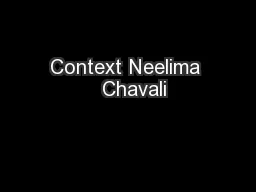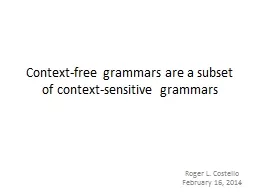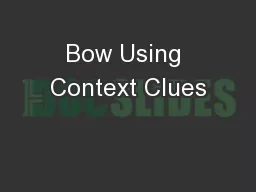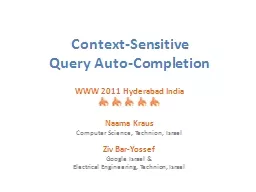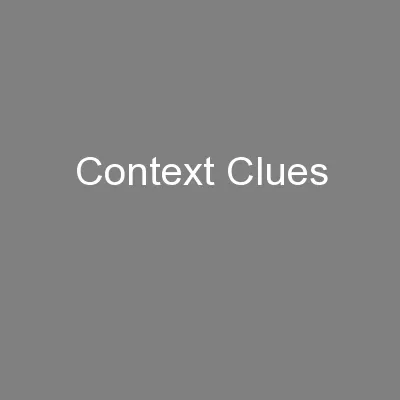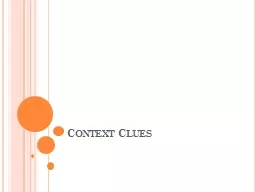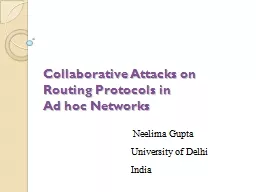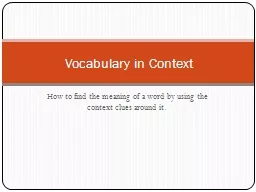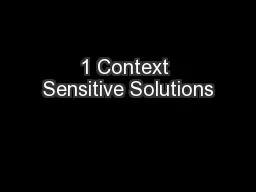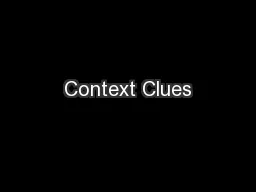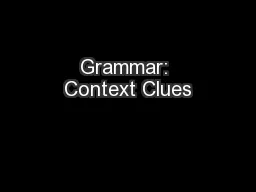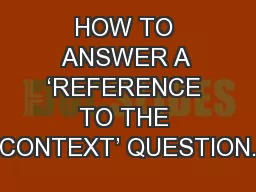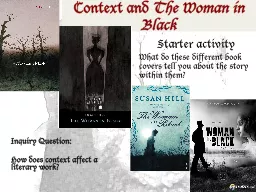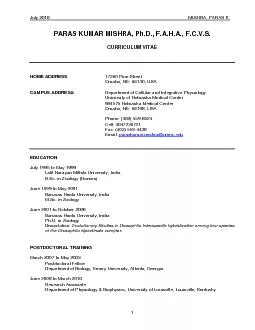PPT-Context Neelima Chavali
Author : trish-goza | Published Date : 2018-11-06
ECE6504 02212013 Roadmap Roadmap Introduction Paper1 Motivation Problem statement Approach Experiments amp Results Paper 2 Experiments Comments Questions What is
Presentation Embed Code
Download Presentation
Download Presentation The PPT/PDF document "Context Neelima Chavali" is the property of its rightful owner. Permission is granted to download and print the materials on this website for personal, non-commercial use only, and to display it on your personal computer provided you do not modify the materials and that you retain all copyright notices contained in the materials. By downloading content from our website, you accept the terms of this agreement.
Context Neelima Chavali: Transcript
Download Rules Of Document
"Context Neelima Chavali"The content belongs to its owner. You may download and print it for personal use, without modification, and keep all copyright notices. By downloading, you agree to these terms.
Related Documents

